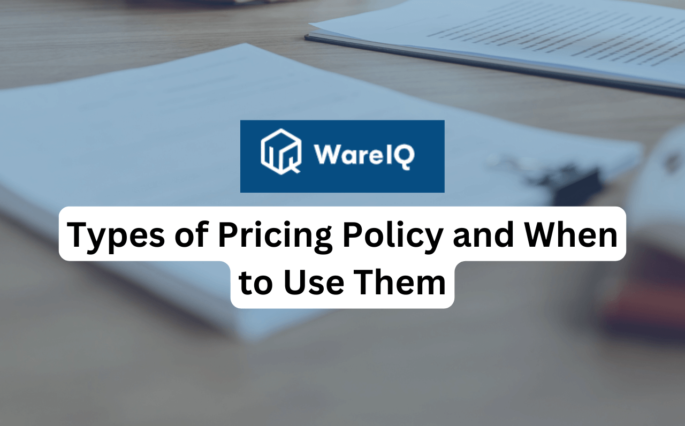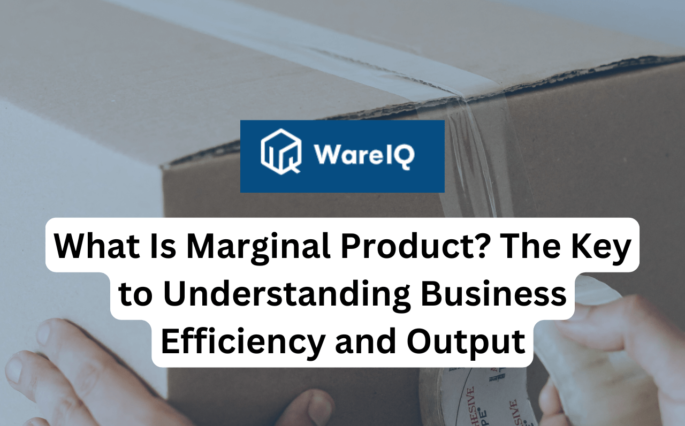Mastering Inventory Replenishment: A Step-by-Step Guide


Inventory replenishment is a common practice to ensure that the right quantity of products is available with the seller or retailer on the picking shelves at the right time. Poor in-store ordering and replenishing practices—retailers ordering too late or too little, making wrong demand forecasts, or otherwise mismanaging inventory—contributed to 72% of stock-outs, according to a study by Harvard Business Review.
This alarming percentage shows that inventory replenishment must be done systematically and on time. In summary, inventory replenishment that is done correctly helps to prevent overstocking and stock-outs, which can be very costly in supply chain management. Inventory replenishment covers more than just ready-to-sell inventory and raw materials stock used to make finished products. A businessman can run their business smoothly by restocking the goods and services.
Why is Inventory Replenishment Important?
- Businesses need a strong inventory replenishment strategy because it can help teams avoid costly supply chain issues like overstock or out-of-stock.
- As previously stated, out-of-stock products can not only lead to sales loss but can also have a significant impact on brand trust and customer loyalty.
- They can also put your shelf security at risk because rival brands may start taking over any vacant space.
- Overstocking, on the other hand, can be just as bad for your company. CPG companies are aware of the fact that excess inventory can hinder new product rollouts, brand redesigns, or, in the case of food and beverage brands, push products beyond their “sell by” date, making them unfit for purchase.
- Overstocking can also confuse the supply chain. If any backstock information is not communicated before an order for replenishment is placed, both brands and retailers may lose money to handle the overstock.
Methods of Inventory Replenishment
1. Reorder Point Method
- A replenishment/reorder point is the unit quantity on hand that causes the purchase of a specific amount of inventory replenishment.
- That is why reorder point serves as a signal for the storekeeper to restock the goods that are nearing completion in the store.
- It is similar to the fuel reserve indicator on a motorcar or bike. This allows you to refill your vehicle before it runs out of fuel while driving.
- Once the reorder point is reached, the retailer places a new order for the items that have been filled so that he can successfully fulfil his subsequent orders without stopping.
- The result is that there will be no interruption in production and fulfilment activities while simultaneously reducing the total inventory on hand.
- However, one important thing to keep in mind is that each product in the store may have a different reorder point because the reorder point is based on the time that your supplier takes to deliver the items to you.
How to calculate reorder point?
Lead time, average daily usage rate, product selling rate, and vendor safety stock are required to calculate reorder level. Lead time is the time that the supplier takes to ship the goods after the vendor places a purchase order. The product’s average daily sold units are the average amount of goods sold daily.
The formula for calculating reorder point is (Average daily sold units x Lead time).
2. Periodic Stock Replenishment Method
- The periodic inventory replenishment method takes inventory levels of products over a specified period.
- A replenishment order can be placed or not depending on specific inventory needs, but only at the review point.
- Restocking inventory in a warehouse is ideal with this method. Warehouse’s larger storage capacity allows it to store goods that can last for three to six months.
- As a result, regular checks and reviews are sufficient for the items that are stored in the warehouse, and the inventory levels of these items are examined to determine whether or not they need to be restocked.
- There is no need to reorder the stock if the stock levels are sufficient.
3. Top off Method
- One of the most popular inventory replenishment techniques is top-off, also known as lean time replenishment.
- When the picking operations are less active, the stock is replenished by this method. This makes it easier to review the stock and replenish it as per a predetermined threshold. Because it is the most efficient way to restock fast-moving SKUs, this is the most convenient option for retailers.
- When the stock count is done once in a while during less active operations hours, it can be replenished on a daily, alternate days, or weekly basis as needed.
- When demand is low, this method improves efficiency because items are always filled in the forward pick locations.
4. On-Demand Inventory Replenishment Method
- On-Demand inventory replenishment is another common method used by retailers. The seller or retailer restocks high-demand items. Because other things are slow, they might not be given priority.
- So that you can stock them in sufficient quantity, it requires careful preplanning and forecasting the demand for the products shortly.
- Because there is a high demand for seasonal items only during a specific time of the year, this method is ideal for seasonal products.
Best practices for Inventory replenishment
Regular stock counting
One of the most common things that all sellers, vendors, and manufacturers do is stocktaking. Stocktaking regularly prevents overstocking, stock theft, and stock shrinkage. Additionally, it will allow you to determine the total number of each product(s) you have on hand, which will facilitate accurate inventory tracking.
Demand forecasting
Current and past sales data is useful because it gives you an idea of which products are selling well and which are selling poorly. This sales knowledge helps you restock items according to their needs.
Reliable Suppliers
Buy products from a reliable supplier because it is important for your business to have the stock of goods supplied to you in the quantity you need and at the right time. However, when you choose a supplier, you should also choose one who delivers goods of high quality at the right time in the right amount.
Benefits of improving your Inventory replenishment process
Optimise sales
Order the right amount of goods to be delivered to the right place at the right time. The retail replenishment system ensures that all products have the best inventory levels, which allows you to sell more profitably.
Reduced mark-downs
Optimised stock levels enable you to meet customer demand while minimizing stockouts. Increased sell-through of full-priced stock and a lower markdown rate keep margins safe and profits rise.
Make the stock turn possible
Confidently meet customer demands without overstocking or understocking.
Conclusion
Inventory replenishment is essential for any business to run smoothly and profitably. Businesses can avoid costly supply chain issues like stock-outs and overstock by using efficient inventory replenishment strategies. This minimizes wastage and reduces sales loss and brand trust.
The reorder point method makes it easier for items to be restocked at the right time, which minimizes delays in the production and fulfilment process. Warehouse storage uses the periodic stock replenishment method because it allows regular checks and reviews to determine how much restocking is needed. For fast-moving SKUs, the top-off method ensures that items are always available in forward-pick locations. For seasonal items that are highly demanded during certain times, on-demand inventory replenishment is the best option.
Companies can meet customer needs, avoid supply chain issues, and prosper in today’s competitive market by having a well-organized and active inventory replenishment method. Thus, mastering inventory replenishment requires time and effort. In the changing business world, it can really make a big difference for businesses that want to grow and stay strong.







